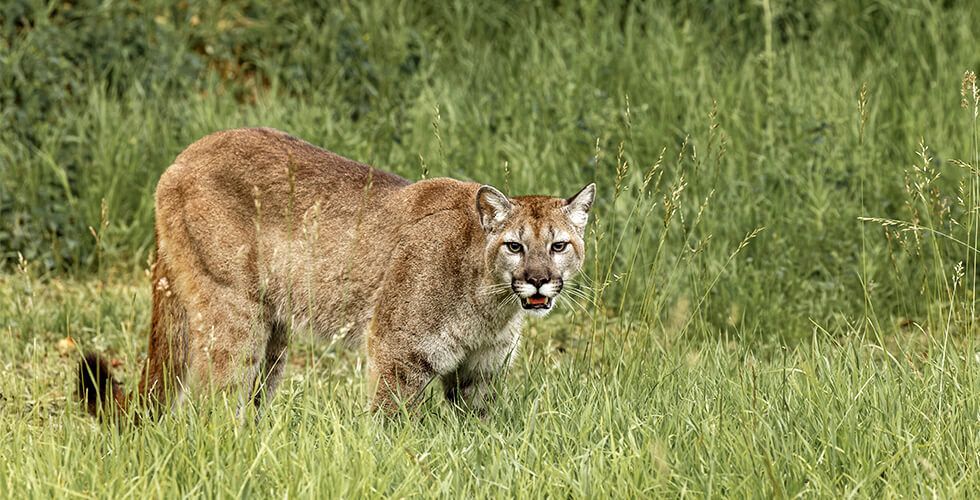
High above the roar of 300,000 cars a day on LA’s 101 freeway, something extraordinary is happening. The Wallis Annenberg Wildlife Crossing—set to be the largest in the world—is coming to life. At 210 feet long and 174 feet wide, it’s more than a bridge; it’s a beacon of hope.
“This is the soul of the project,” says Beth Pratt of the National Wildlife Federation, who has championed this vision for 13 years. As soil was recently spread across the bridge, she imagined a future where monarch butterflies dance among milkweed and mountain lions leave the first pawprints in the soil. “It is wonderful to watch this habitat take shape,” she says.
Designed to reconnect the Santa Monica Mountains, this native landscape will offer safe passage to creatures large and small—mountain lions, frogs,and even insects—protecting them from one of the nation’s busiest highways. With an acre of native plants and 12-foot sound walls to shield nocturnal animals from noise and light, it’s a marvel of engineering and imagination.
Built through a $92 million public-private partnership, the crossing isn’t just about wildlife—it’s also about healing what was once broken. “We’re not only making habitats whole again, we’re making our roads safer,” said Governor Gavin Newsom.
From carefully engineered soil teeming with life to over a million hand-collected local seeds, the crossing reflects deep care and collaboration. And as planting begins in May, thousands of native plants will root into a thriving, resilient ecosystem.
“It’s not just a bridge,” says Pratt. “It’s a hopeful reminder that even a freeway can be redeemed.”

